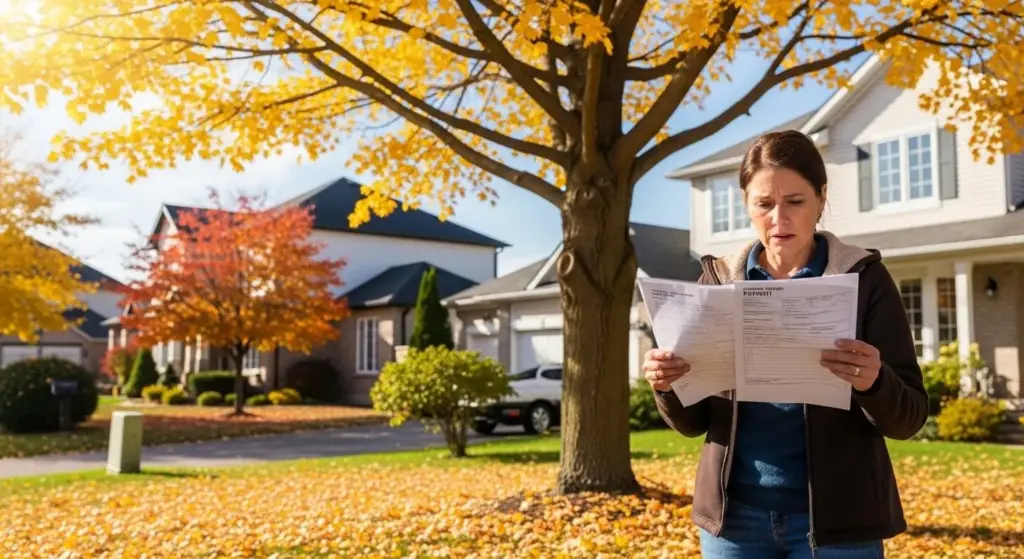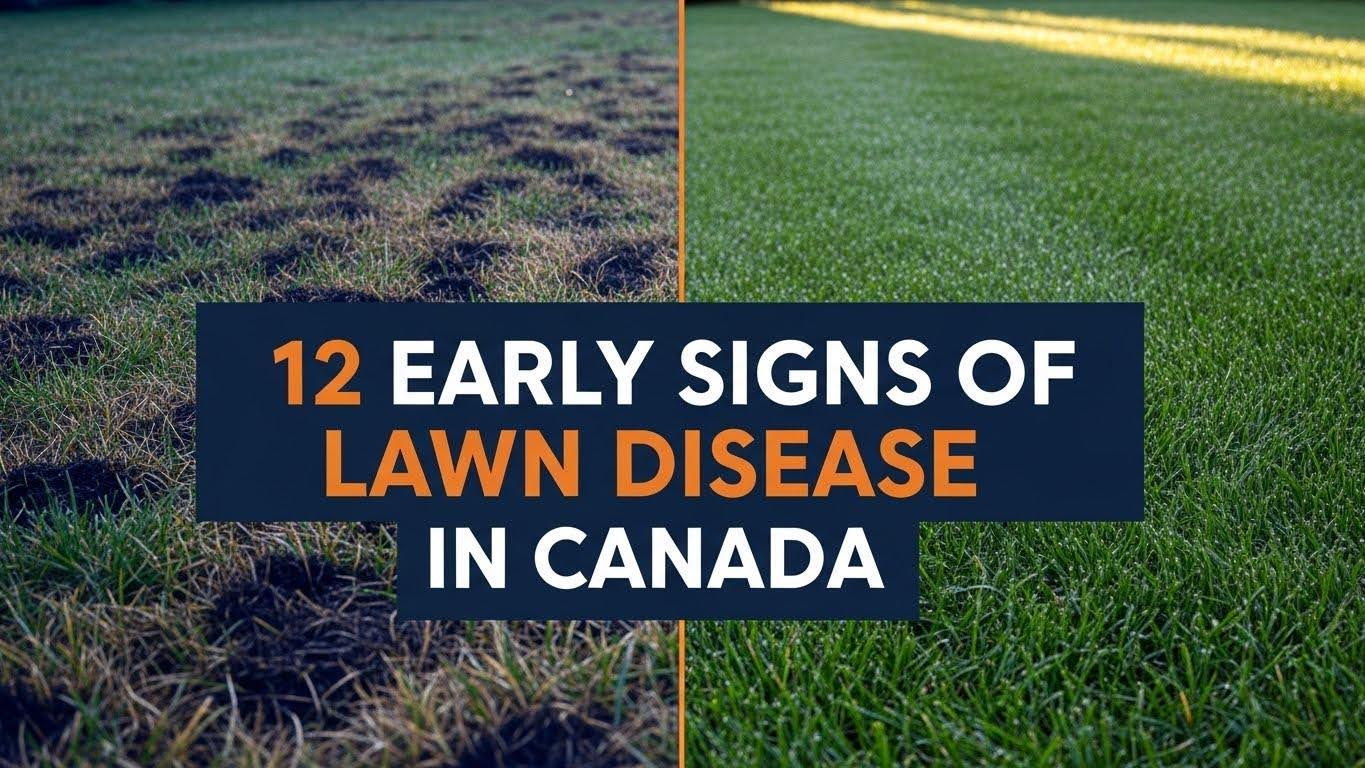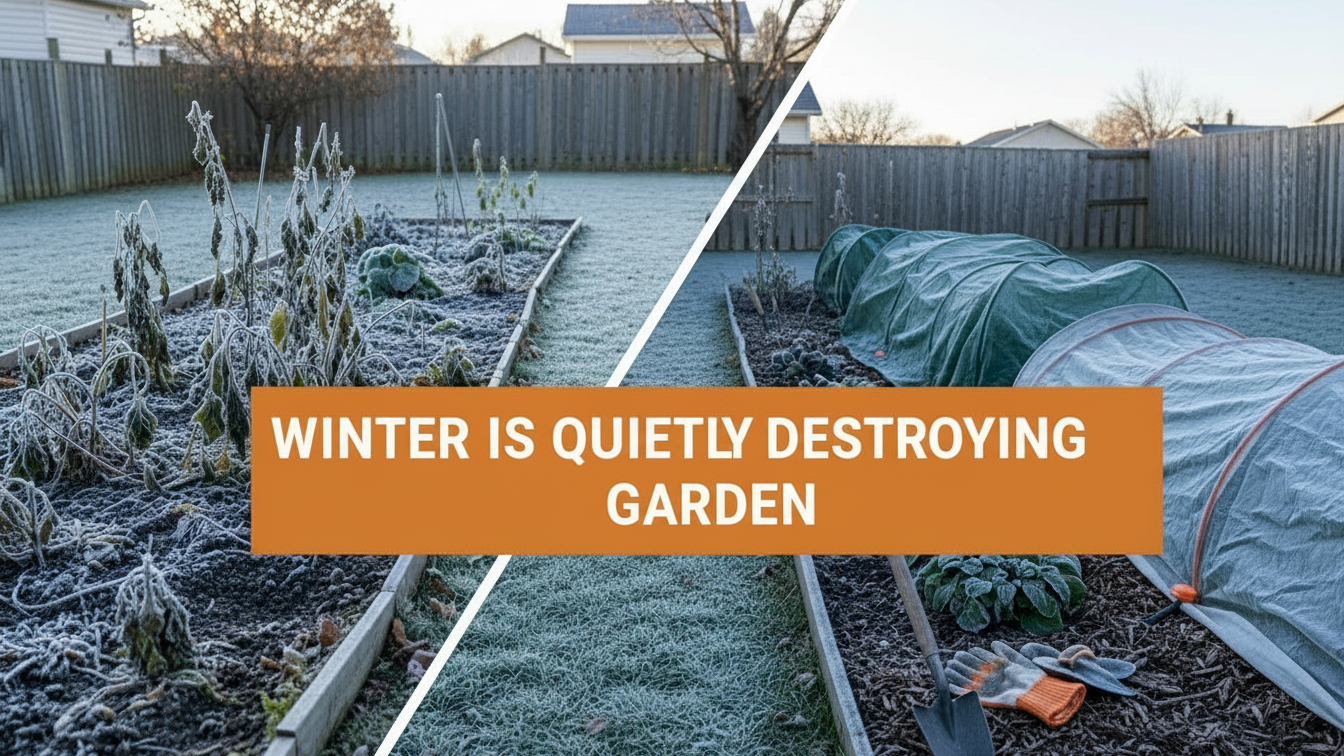Can you cut down a tree on your own property in Ontario without getting into trouble? Or do you need permission to cut down a tree on your property in Ontario?
The honest answer—not always.
Many homeowners assume they have full rights over trees on their land, but in reality, municipal tree by-laws, permit requirements, and species protection rules can make tree removal much more complex than expected.
In cities like Toronto, Mississauga, or Ottawa, cutting down a mature tree—even in your backyard can lead to fines up to $100,000, or forced replanting if you don’t follow the process.
For seniors or families helping aging parents, the process can feel overwhelming.
That’s where Custodia can help. We offer professional tree inspection, tree trimming and removal services tailored for older adults and busy homeowners.
Whether it’s a hazardous limb or just long-overdue yard cleanup, knowing the legal limits will save you time, money and potential legal trouble.
Ontario Tree Law Basics – Do You Need a Permit?
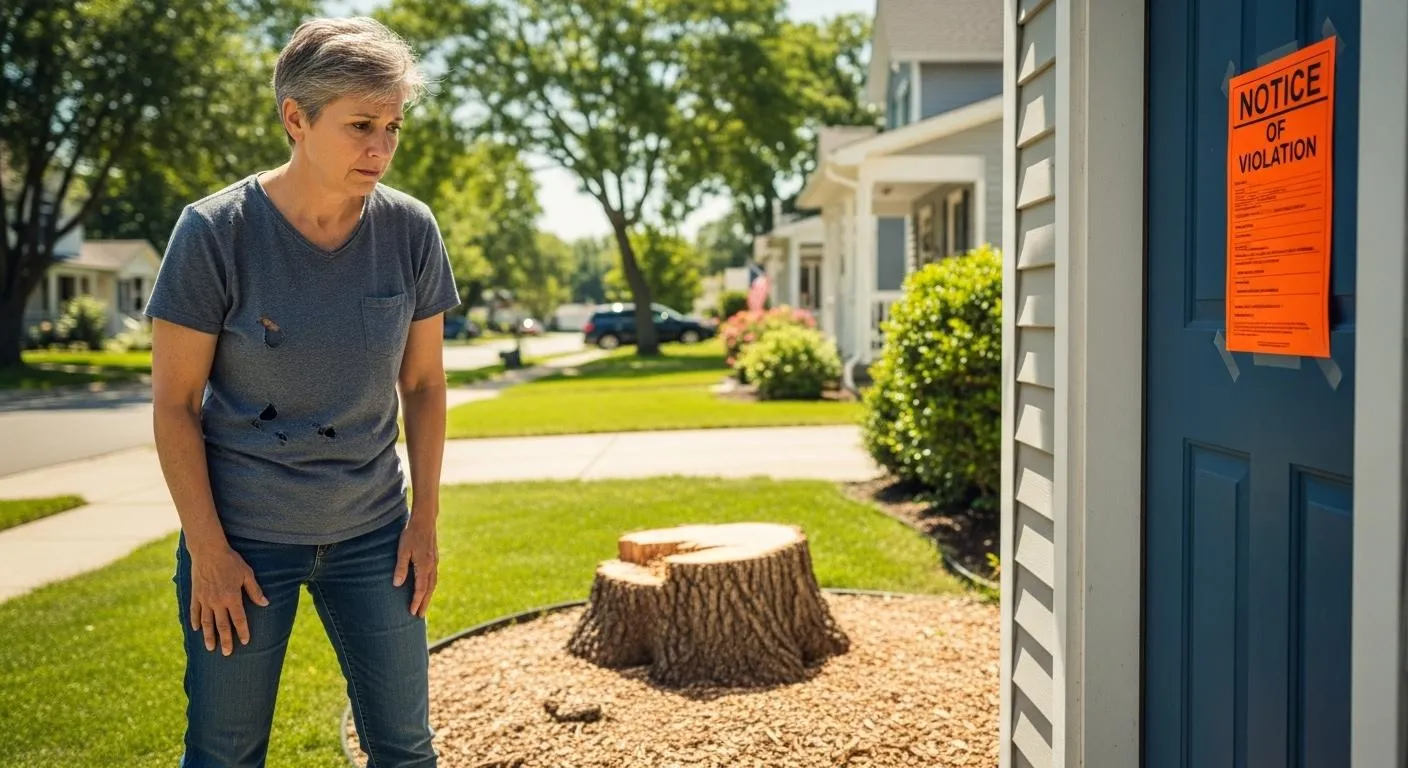
In Ontario, just because a tree is on your land doesn’t mean you can cut it freely.
The Forestry Act and Trees Act outline specific rules; especially for shared trees or trees along property lines.
Under provincial law, a tree with a trunk that touches both properties is considered co-owned. You cannot remove it without your neighbor’s written consent even if it’s leaning or shedding branches.
Likewise, the province enforces branch-cutting limits.
You can only prune branches up to 7.5 cm in diameter without a permit. Anything larger may require approval.
This is where things get tricky.
A well-meant cleanup could result in legal action or long-term conflict with a neighbor. If you’re unsure, it’s wise to consult our experts at Custodia.
They help you navigate these gray areas safely so weekends are spent making memories, not dealing with tree disputes.
[Read: Best Trees to Plant in Ontario During Fall]
Municipal Private-Tree Bylaws Across Ontario
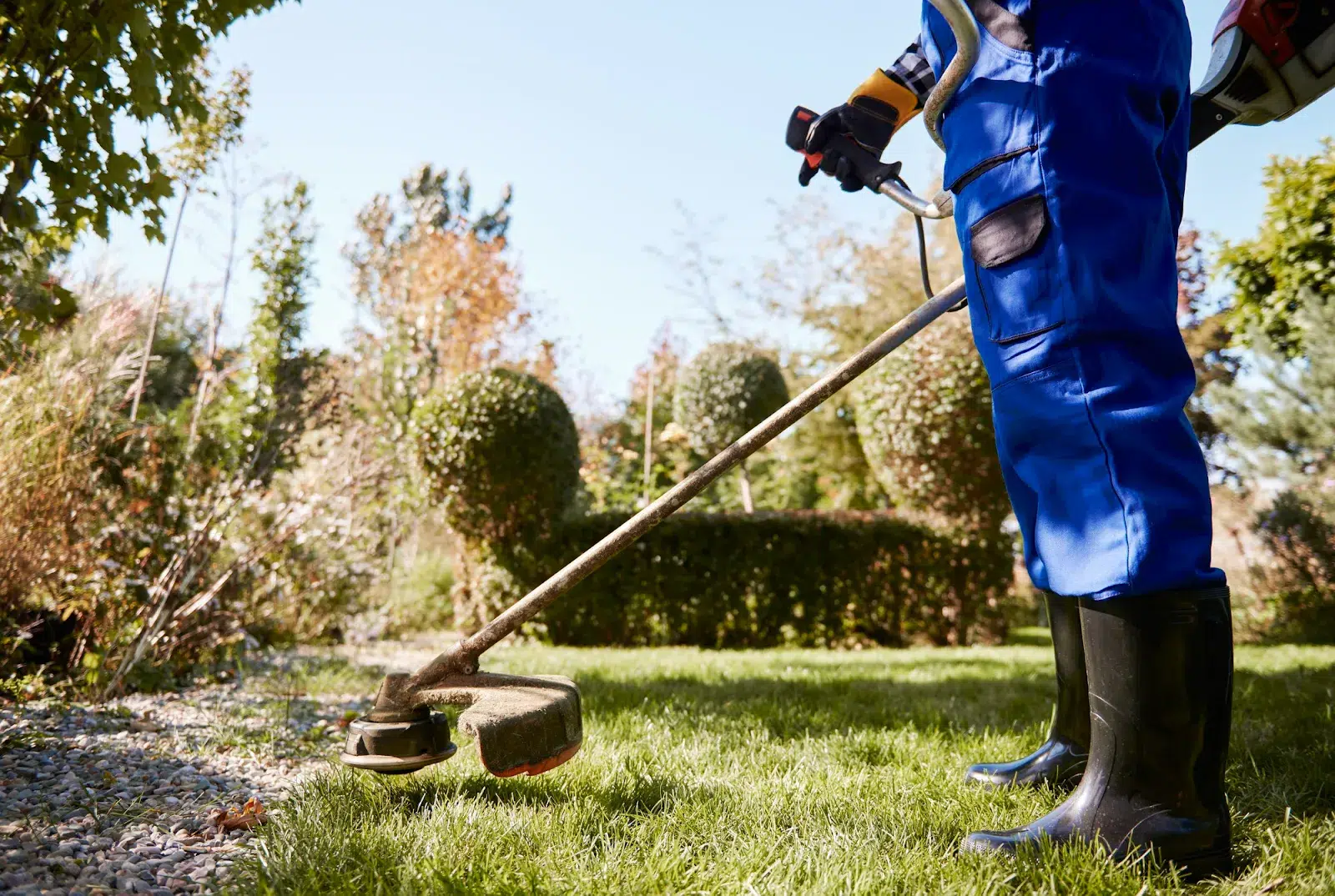
While some towns allow tree cutting if the trunk is under 20 cm diameter at breast height (DBH), others like Toronto, Ottawa, and Mississauga set the threshold at 15 cm or more.
If your tree exceeds that size, you’ll likely need a tree removal permit—even if it’s sick or damaging your walkway.
And then there’s the paperwork: some cities require arborist reports, replanting plans, and even public notice signs before issuing approval. It can feel like a lot.
But here’s the thing—avoiding the process can cost you much more with fines ranging from $500 to $100,000 per tree, especially in protected zones.
5 Tree Laws in Ontario Homeowners Often Overlook
In addition to penalties for removing heritage trees and restrictions on cutting healthy ones, here are more Ontario tree laws most people overlook:
Even Tree Roots Are Legally Protected
Cutting roots (especially near sidewalks, fences, or property lines) can damage a tree’s health and stability.
In Ontario, this may be considered tree damage under the law. Always consult an arborist before interfering with roots, especially near boundary or municipal trees.
Protected Species Cannot Be Removed Without Approval
Trees like Butternut, Red Mulberry, American Chestnut, and Blue Ash are protected under Ontario’s Endangered Species Act (ESA) or Species at Risk Act (SARA).
Others include Black Ash, Eastern Flowering Dogwood, and Cucumber Tree.
Removal without ministry approval can result in serious penalties even on private land. As such, it’s always best to confirm tree species before starting any pruning or removal.
Tree Removal Can Impact Insurance and Property Value
Removing mature trees may affect your home’s stormwater control, soil stability, and resale value.
Insurance providers may also raise questions if removal leads to erosion or drainage problems. A certified arborist can help you avoid costly long-term consequences and premium hikes.
Trees That Cross Property Lines Are Co-Owned
If a tree trunk sits on both properties—even slightly—it’s jointly owned. Under the Forestry Act, you can’t remove or alter it without the neighbor’s written consent.
Doing so can lead to lawsuits, fines, and forced restitution for tree loss or damage.
You, the Homeowner, Are Legally Responsible
Even when you hire professionals, you are still accountable under the law. If permits are skipped or rules are broken, you’ll be fined—not the contractor.
Always ask for a permit and confirm compliance before any tree work begins on your property.
Tips to Avoid Legal Trouble When Cutting Trees
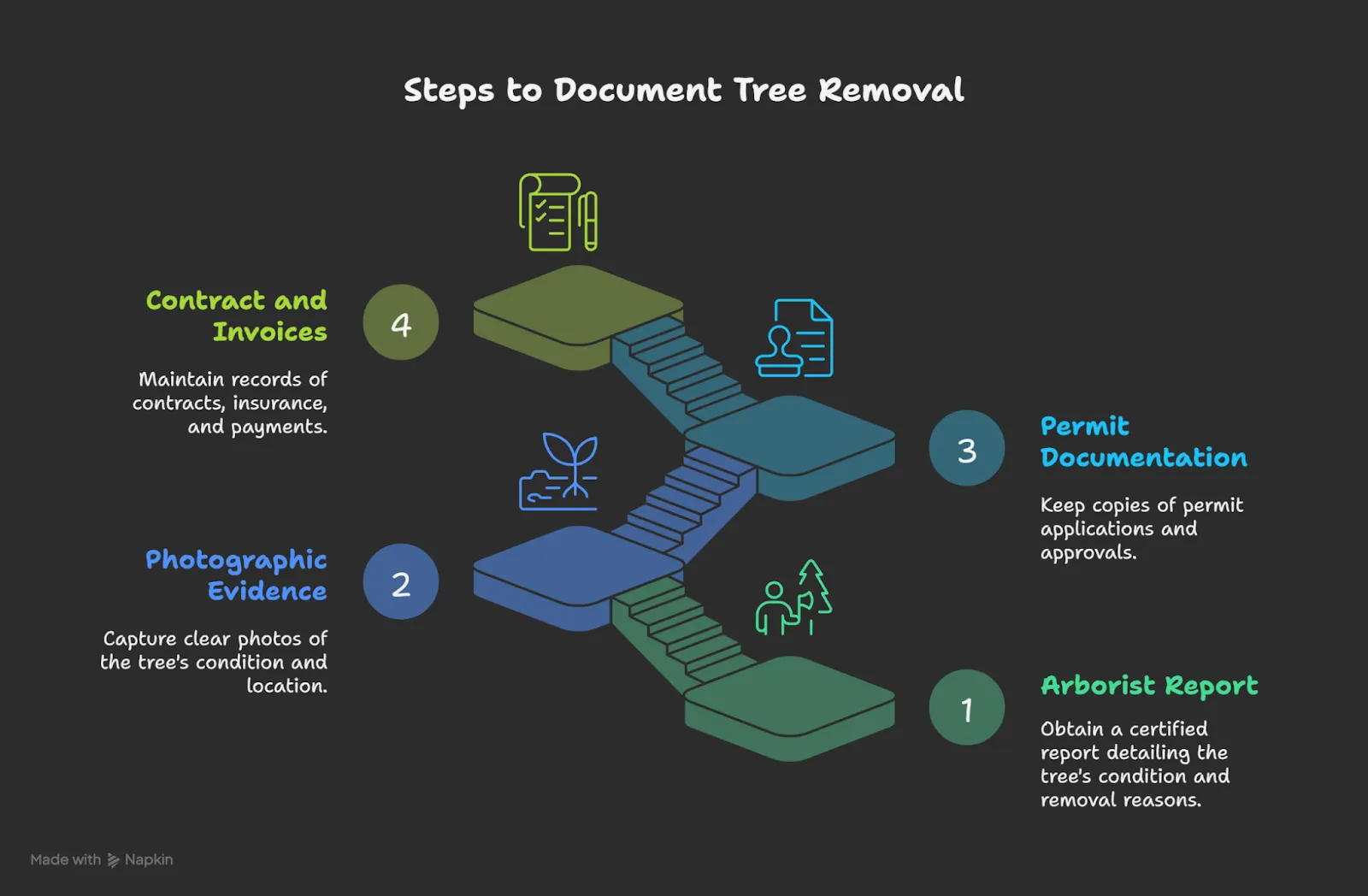
To avoid legal trouble when cutting trees:
- Check for exemptions
- Document everything
- Inform neighbors
- Hire certified arborists, and
- Plan replanting
How to Get a Tree Removal Permit in Ontario
- Measure DBH (Diameter at Breast Height)
Measure 1.4 m from the ground. You can also measure the tree’s circumference and divide by π (3.14) to calculate DBH.
- Check Local Threshold
Visit your municipality’s website to see if the tree is considered protected. DBH thresholds vary by city.
- Prepare Your Application
You may need an arborist report (species, health, risk), site photos, and a replanting or landscape plan showing the tree’s location.
- Pay the Permit Fee
Costs vary widely. In Mississauga for instance, the fee is $333.47 + HST for the first tree, and $116.55 + HST for each additional tree. Dead/dangerous trees may be exempt.
PS: HST stands for Harmonized Sales Tax which is currently 13%:
- 5% federal Goods and Services Tax (GST)
- 8% Ontario Provincial Sales Tax (PST)
So, If a tree removal permit costs $333.47, then with HST (13%) it becomes:
$333.47 + (13% of $333.47) = $376.82 total
Conclusion
Cutting a tree in Ontario isn’t just physical—it’s legal. Know your city’s DBH rules, get the right permits, and always replant.
Want expert help avoiding fines and staying compliant?
Call Custodia at 1-833-410-4357 or book

